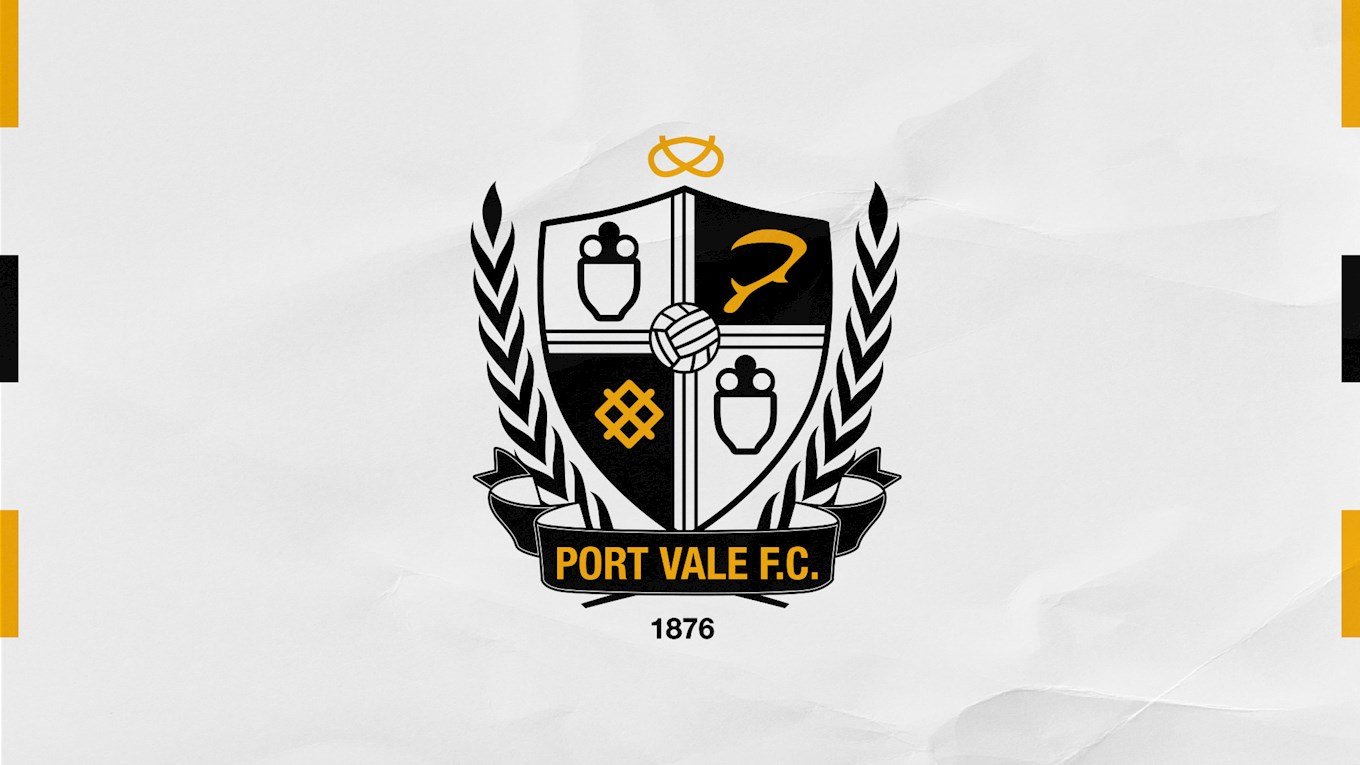Port Vale FC is a storied football club with a rich history, passionate supporters, and a significant place in English football. Known for their resilience and community spirit, Port Vale FC embodies the essence of grassroots football while competing fiercely within the English Football League system. This comprehensive article explores the club’s origins, achievements, challenges, cultural significance, and future prospects, providing an in-depth perspective on what makes Port Vale FC a notable name in the world of football 88CLB.
The Origins and Early History of Port Vale FC
Understanding Port Vale FC begins with delving into its humble beginnings and early developmental stages. Founded in 1876, the club has evolved through decades of ups and downs, shaping its identity grounded in local pride and resilience đá gà 88clb.
The Founding of the Club: From Humble Beginnings to Local Recognition
Port Vale FC was established in the industrial town of Burslem, Stoke-on-Trent, by a group of local boys and workers who shared a passion for football. Originally formed as “Stoke Port” before adopting the current name in 1907, the club’s roots are intertwined with the working-class communities of North Staffordshire.
In these formative years, the club played friendly matches and participated in local leagues, gradually building a reputation for grit and determination. Their early emphasis was on community engagement, which laid the foundation for a loyal fan base. Despite limited resources, they demonstrated a fierce competitive spirit, often punching above their weight against more established teams.
The club’s early years were characterized by financial struggles and logistical challenges, common among small clubs at the time. However, their perseverance led to progression into professional ranks, marking a significant milestone in their history. The decision to turn professional came in the early 20th century, opening doors for participation in regional and national competitions, which would set the stage for future growth.
Major Milestones in the Pre-War Era
Before World War II, Port Vale FC experienced several notable milestones that contributed to its development. In 1919, after the interruption caused by the war, the club rejoined the Football League, marking its entry into professional league football.
One of the most significant achievements during this period was their promotion to the Second Division in 1930, demonstrating their rising trajectory. During the pre-war era, the club also gained recognition for their spirited performances in various cup competitions, including the FA Cup, where they occasionally caused upsets against higher-tier teams.
The club’s community-oriented approach fostered strong relationships with local supporters, creating a vibrant matchday atmosphere. The club’s ground, The Old Recreation Ground, became a central hub for local sports fans and remains a symbol of Port Vale’s deep-rooted local heritage.
Despite facing financial difficulties during the Great Depression, the club managed to maintain stability, thanks largely to dedicated management and passionate supporters. This resilience set the tone for the club’s character—steadfast, community-focused, and ambitious for success.
Post-War Developments and Growth
The post-war period saw Port Vale FC striving to establish itself firmly within the Football League hierarchy. The 1950s and 1960s were times of transition, modernization, and fluctuating fortunes. The club achieved promotion to higher divisions several times, reflecting their upward mobility and ambition.
A pivotal moment occurred in 1954 when the club secured promotion to the Second Division again, marking their highest league status at the time. This era was also notable for the emergence of key players who became local legends, such as Roy Sproson, whose career spanned over two decades and embodied the club’s spirit.
During this period, the club faced challenges from financial constraints and competition from larger clubs, but maintained a focus on nurturing local talent and emphasizing their community roots. The introduction of new training methods and improved facilities helped sustain their competitiveness.
